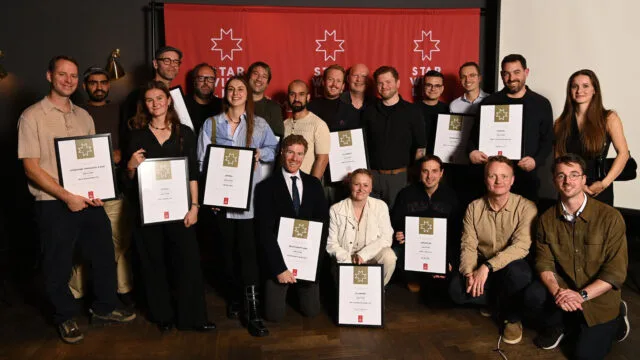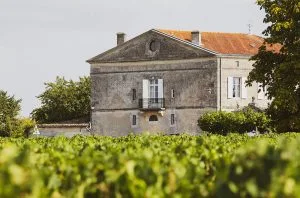A meal at Mérito in Lima, Peru; photography by Anthony J. Wallace
Peru is on top of the culinary world. Lima had more restaurants on this year’s World’s 50 Best list than any other city, and media everywhere extol its “fusion” cuisine—influenced by Indigenous traditions, Spanish colonists, and Japanese and Chinese immigrants. But there’s a recent trend in Peru that’s mostly been left out of the story, and it appears to be here to stay: Venezuelan-Peruvian cuisine.
The new hybrid seems to fit neatly into the classic “fusion” narrative: Immigrants blend elements of their favorite dishes from back home with those of their adopted country, and everyone comes together—literally and figuratively—to eat. Take Peru’s national dish, ceviche. It originated with Indigenous Peruvians who for centuries preserved fish with juice from the tumbo (a relative of the passion fruit), before European traders introduced limes. More recently, Japanese immigrants brought their sashimi expertise, cutting the fish more finely and marinating it just seconds before serving to create the fresh ceviche Peruvians know today—on its face, a happy multicultural success story. But as I learned talking to Venezuelan restaurant owners and patrons in Lima, the reality of Peruvian fusion is more complicated.
We diners are prone to forget that fusion isn’t just food—the orange chicken or nachos or bánh mì. It’s also the process that created it, often one of inspiration and desperation, resourcefulness and resilience.
Peru and Venezuela, being in the same part of the world and sharing a similar colonial







